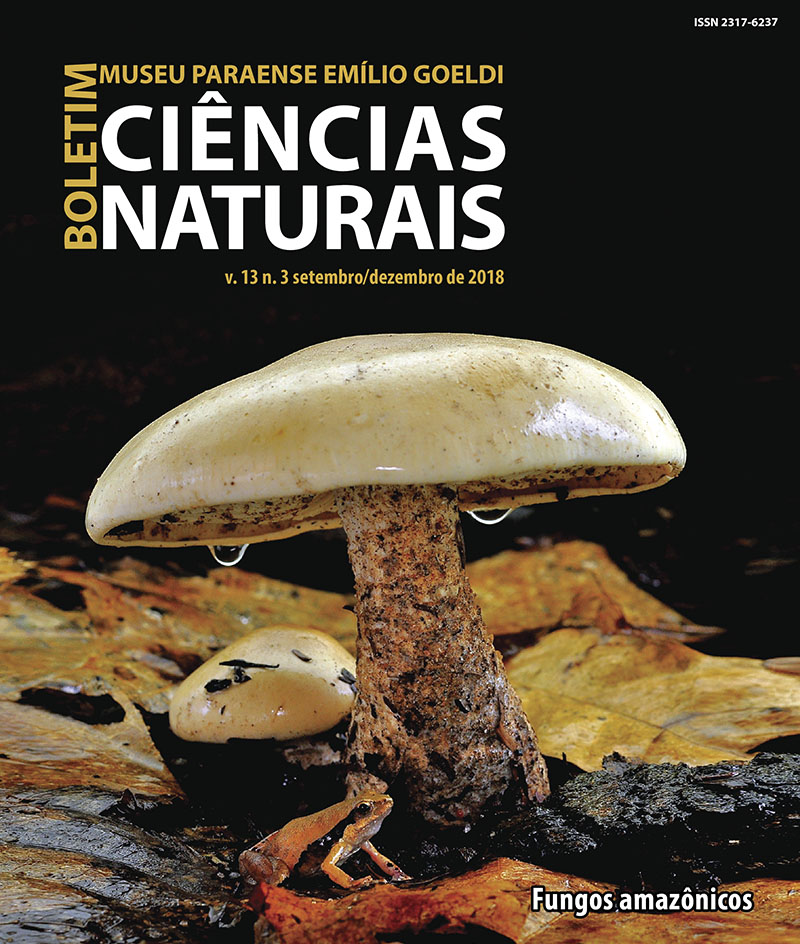Floristic heterogeneity of the brioflora in fragments of vegetation and the conservation of urban green areas
DOI:
https://doi.org/10.46357/bcnaturais.v13i3.341Keywords:
Liverwort, Mosses, City parks, São PauloAbstract
Urban areas are increasingly common in the tropics, and the study of those anthropic landscapes is crucial for the conservation of their biodiversity. This paper is a study of the bryophytes in seven urban parks with fragments of vegetation, in the city of São Paulo. The material includes 737 exsicates, which were deposited in the Maria Eneyda Pacheco Kauffmann Fidalgo Herbarium of the São Paulo Botanical Institute and in the São Paulo Municipal Herbarium . A total of 69 predominantly corticolous and generalist species were recorded for the studied sites. The bryoflora is impoverished in fragmented vegetation, but the species’ distribution is regional. Greater species richness was recorded for parks that have different types of environments, where the bryophytes were found. Parks with richer bryoflora are located in more densely wooded neighborhoods and with colder temperatures. Metzgeria hegewaldii Kuwah. is a new record for São Paulo city, being threatened in this state, category vulnerable. The green areas also harbor two endemic species for Brazil. The findings show the importance of afforestation for biodiversity conservation of urban bryophytes, besides contributing to monitoring of environmental quality in the parks.
Downloads
Published
Issue
Section
License
Publication means fully assigning and transferring all copyrights of the manuscript to the journal. The Liability Statement and
Assignment of Copyrights will be enclosed with the notice of acceptance. All the authors must sign the document and return it to the journal.








